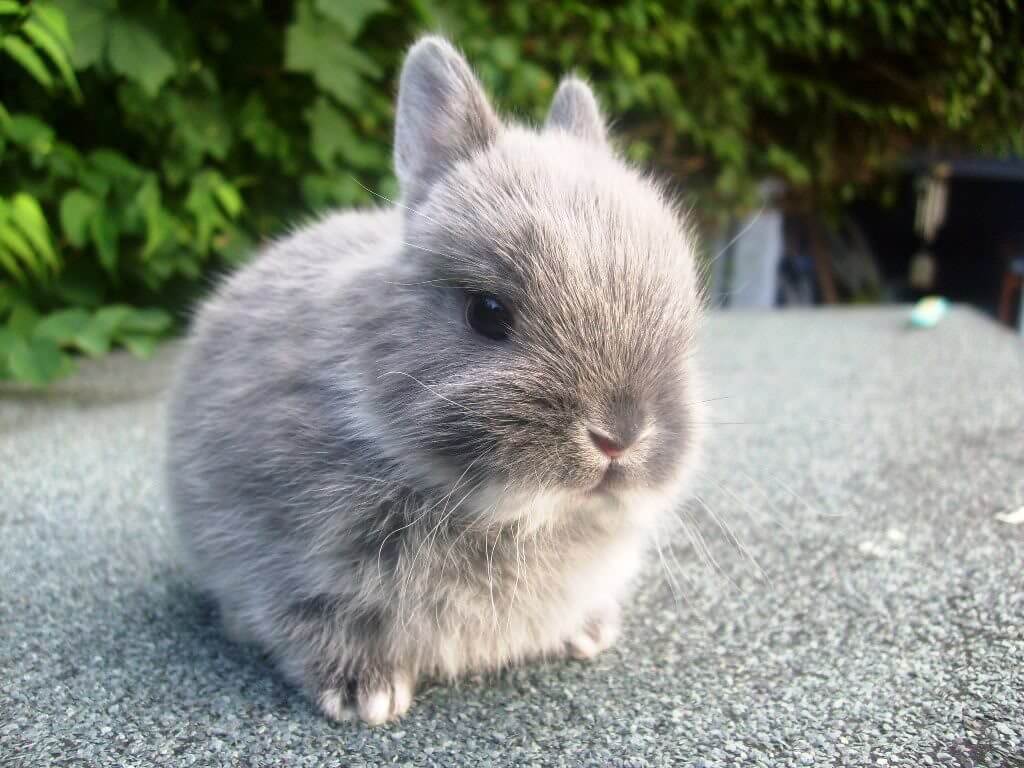
Breed facts
Size
0,49-1,13 kg
Look
Extremely small rabbits with short, small ears.
Temperament
Shy and skittish but generally friendly.
Care requirements
Needs open space and regular exercise.
Behavior with children
Not the best pets for children due to their shy and skittish nature.
Health concerns
Highly susceptible to malocclusion.
Life expectancy
10–12 years
Breed facts
Size
0,49-1,13 kg
Look
Extremely small rabbits with short, small ears.
Temperament
Shy and skittish but generally friendly.
Care requirements
Needs open space and regular exercise.
Behavior with children
Not the best pets for children due to their shy and skittish nature.
Health concerns
Highly susceptible to a malocclusion.
Life expectancy
10–12 years
Breed facts
Size-4 to 7,5 kg
Temperament-calm and friendly with a playful personality
Grooming-they need to be groomed frequently due to their long, double coat that mats easily
Behavior with children-they get along very well with children and babies due to their kind, friendly, and fun personality
Health Concerns-Brachycephaly-it is a malformation of the skull due to their breeding; heart disease, eye issues (caused by eye irritations and excess discharge); hair issues (they don't have fur, they have long hair with can tangle easily); ear issues( ear infections); skin sensitivity (allergies) and they also might develop a stomach sensibility due to their selective appetite
Life expectancy-10 to 16 years (the oldest recorded Shih Tzu has lived 23 years)
Netherland Dwarf rabbits, unlike many of the other breeds on our list, are not the greatest pet breed for families with children,because they are quite shy and have a changing temperament and don't want to be held all the time.
They enjoy interacting with people, but only in a safe and stable environment.
Because these bunnies are so little (typically weighing between 0.49 and 1.13 kg), they prefer a stable and peaceful environment over one with kids running around.
Given their small appearance, these bunnies require a lot of activity and thrive in households where they may run for a significant portion of the day.
”During the early twentieth century, the dwarf gene (symbol Dw) was found in the United States.
When two "genuine dwarfs" (both buck and doe) are bred, the Dwdw genetic pattern ensures that 25% of their progeny will receive the deadly genetic combination dwdw.
Rabbit breeders refer to these offspring as "peanuts," because they do not thrive and die within 1–3 days after birth.
The cause of the dwdw combination's lethality is unknown, however it is thought to induce undeveloped digestive tracts in rabbits.
Although a peanut can survive for up to three weeks if fed by hand every hour and kept warm, the condition is 100% deadly.”
Breeding a proven show quality true dwarf buck to a quality false dwarf doe is a common practice among Netherland Dwarf breeders.
This eliminates the possibility of peanuts and produces high-quality offspring.
False dwarfs are more likely, but their offspring are either used for breeding (some false dwarf bucks have proven to be valuable in a breeding program) or sold as pets.
Breeders usually do not keep false dwarf bucks.
Netherland Dwarf rabbits, unlike many of the other breeds on our list, are not the greatest pet breed for families with children,because they are quite shy and have a changing temperament and don't want to be held all the time.
They enjoy interacting with people, but only in a safe and stable environment. Because these bunnies are so little (typically weighing between 0.49 and 1.13 kg), they prefer a stable and peaceful environment over one with kids running around. Given their small appearance, these bunnies require a lot of activity and thrive in households where they may run for a significant portion of the day.
”During the early twentieth century, the dwarf gene (symbol Dw) was found in the United States. When two "genuine dwarfs" (both buck and doe) are bred, the Dwdw genetic pattern ensures that 25% of their progeny will receive the deadly genetic combination dwdw. Rabbit breeders refer to these offspring as "peanuts," because they do not thrive and die within 1–3 days after birth. The cause of the dwdw combination's lethality is unknown, however it is thought to induce undeveloped digestive tracts in rabbits. Although a peanut can survive for up to three weeks if fed by hand every hour and kept warm, the condition is 100% deadly.”
Breeding a proven show quality true dwarf buck to a quality false dwarf doe is a common practice among Netherland Dwarf breeders. This eliminates the possibility of peanuts and produces high-quality offspring. False dwarfs are more likely, but their offspring are either used for breeding (some false dwarf bucks have proven to be valuable in a breeding program) or sold as pets. Breeders usually do not keep false dwarf bucks.



